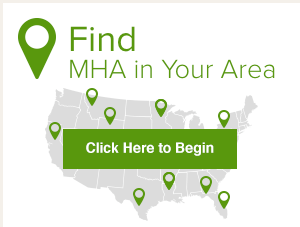You are here
SAM-e
S-adenosyl-L-methionine (commonly called "SAM-e") is a naturally-occurring chemical component present in all cells of the body where it is essential in more than 200 metabolic pathways. SAM-e has been approved as a prescription drug for depression in Germany, Italy, Spain, and Russia, and has been in use in Europe for over three decades. It is available without a prescription in the United States and some other countries.
Mental Health Implications
SAM-e appears to be an effective treatment for depression: Five of seven sources agree, and the two others say it's promising. SAM-e can be used alone or in conjunction with other antidepressants. Since its side effects are less than those of many antidepressants, SAM-e is better tolerated by many people: It works more rapidly and does not cause weight gain, sexual dysfunction, sedation, or cognitive interference. One leading researcher (Brown et al.) calls SAM-e a "first line CAM treatment" for mild, moderate, or even severe depression.
Recent studies have shown promising potential for treatment of dementia, but those studies are preliminary and small. Experts have suggested that SAM-e may also help address ADHD.
This brief summary highlights the material covered in our full analysis on SAM-e, available here.
Side Effects
- There are few side effects of SAM-e.
- It is better tolerated than other antidepressants by older people and by people on medications that compromise liver function.
- Mild nausea is the most common side effect and can be alleviated by taking SAM-e with food.
- Like any other activating anti-depressant, SAM-e can worsen underlying agitation, panic, or anxiety. Accompanying use of a mood stabilizer is essential if there is any indication of mania or bipolar disorder. In the absence of bipolar symptoms, a calming agent can be used to deal with any undesirable activating effects of SAM-e.
- SAM-e has not been studied in children or in pregnant or breast-feeding women. Accordingly, although there are no contraindications, it cannot be recommended.
Drug Interactions
- There are no known drug interactions with SAM-e.
- In fact, SAM-e may help prevent other drugs from interacting with the liver.
Conclusion
More like a vitamin than a drug, SAM-e is a natural metabolite that the body needs more of as we age or if we become ill. SAM-e is generally safe and evidence-based for the treatment of depression. It is also a promising neuroprotectant and may be helpful in treating ADHD. If it were not for the expense and the lack of insurance reimbursement, it would be preferred over most prescription antidepressants.
For detailed information on SAM-e and other treatments, download the full review.








this page